On the occasion of the 75th anniversary of the founding of the People’s Republic of China, Ambassador Extraordinary and Plenipotentiary of China Huang Xilian shares his views on China’s development and future directions with Philippines Graphic sister publication, the BusinessMirror
BusinessMirror: Ambassador Huang, can we start with an overview of China’s development over the past 75 years since China achieved national independence and liberation and has emerged as a global player with consequential influence.
Ambassador Huang: Thank you. Yes, this October 1st marks the 75th anniversary of the founding of the People’s Republic of China. Over the past 75 years, the Communist Party of China (CPC) has united and led Chinese people of all ethnic groups in working tirelessly to secure great achievements. China has moved from weakness and poverty to strength and moderate prosperity in all respects. It has embarked on a new journey of building a great modern socialist country in all respects and achieving national rejuvenation with Chinese modernization. We became the second largest economy in 2010 and have remained so ever since. In 2023, our GDP exceeded 126 trillion yuan.
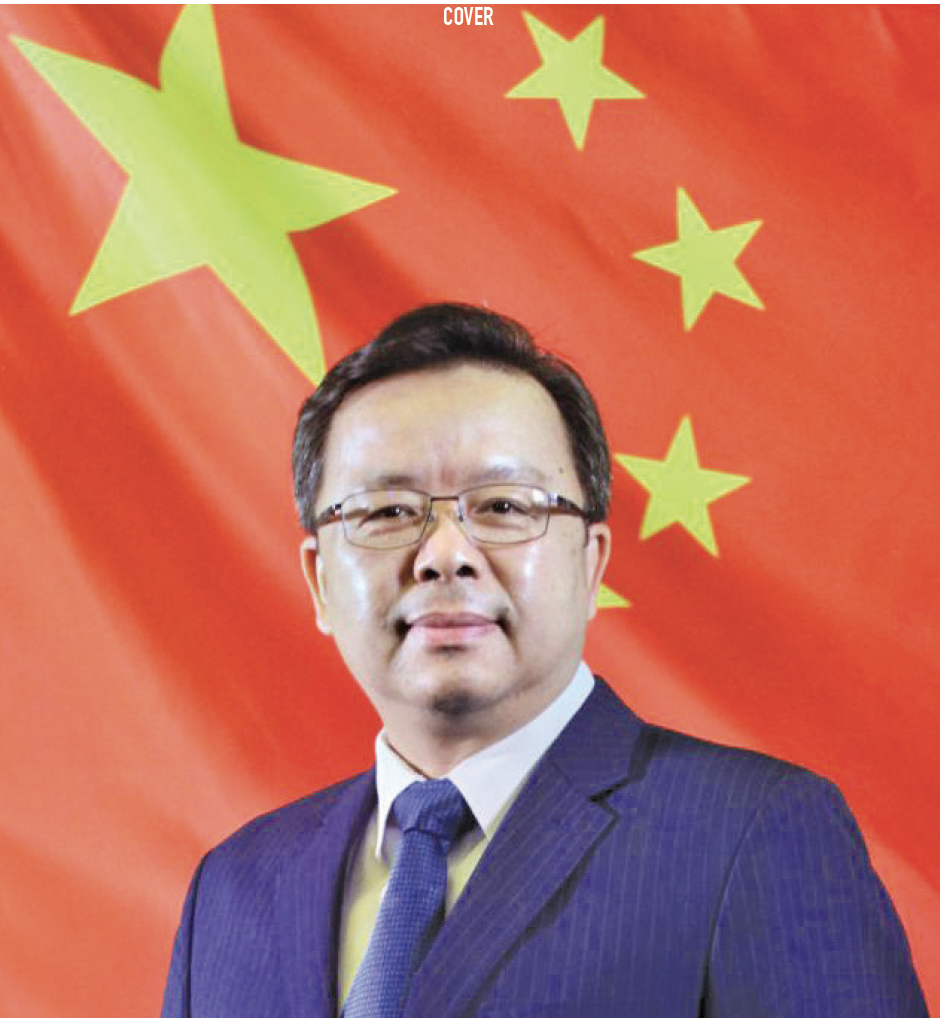
China adheres to the people-centered approach and the fruits of development are for all Chinese people to share. Since the inception of the reform and opening up in the late 1970s, China has lifted more than 800 million people out of poverty, accounting for more than 70% of the global total poverty alleviation over the same period. China has the world’s largest and most promising middle-income group totaling over 400 million people. The average life expectancy of Chinese people has risen to 78.6 years. With the continued advancement of modernization, the Chinese people’s expectation for a happy life is turning into a new reality.
China’s development is driven not only by a reasonable growth in quantity but also an effective upgrade in quality. Right now, the traditional industries are under transformation and upgrading, and the cultivation of new forms of industries is accelerating. High-quality and innovation-driven development is becoming the main theme of China’s economy. Although it is inevitable to face temporary difficulties in specific areas during the alternation of the old and the new, the economic fundamentals sustaining China’s long-term sound growth remain unchanged. China will not waver in our determination to promote high-quality development. The Third Plenary Session of the 20th CPC Central Committee was convened successfully not long ago. It mapped out an overall plan to further deepen reform comprehensively to advance Chinese modernization, sending a strong signal to the rest of the world that China will continue reform and opening-up in the new era. This is a demonstration of the pulse of the time, that China is committed to pursuing high-quality development and high-standard opening up. The great ship of Chinese economy will keep sailing forward riding the wind and waves, creating new opportunities for the world with its own development.
Regarding the CPC Central Committee’s recent third plenary session, can you tell us more about it?

The Third Plenary Session is an important, remarkable and historic meeting that was successfully convened last July. It adopted the Resolution of the Central Committee of the Communist Party of China on Further Deepening Reform Comprehensively to Advance Chinese Modernization. More than 300 important reform measures have been rolled out, covering each and every aspect of advancing Chinese modernization.
The Resolution laid out a series of key objectives such as finishing the building of a high-standard socialist market economy in all respects. It will be the first time in human history to achieve collective modernization of a super-large population of more than one billion people. We will unswervingly promote high-quality development, of which developing new productive forces is an intrinsic requirement and an important focus. We will develop artificial intelligence, digital economy, green economy and other frontier areas, and build the name-brand “Invest in China,” turning China’s large market into a “strong magnetic field” for global innovation.
Openness is a defining feature of Chinese modernization. For many years, China has been the world’s largest trader in goods, second largest trader in services, the largest investor, and enjoys the second largest inflow of foreign capital. It is the main trading partner of nearly 200 economies. The Resolution stipulates that China will steadily pursue high-standard opening-up to promote reform. It will open itself wider to the world through international cooperation, align with high-standard international economic and trade rules, further push through institutional opening-up, and remove barriers to market access.

China has become what it is today and integrated into the world through reform and opening up. It will march on to the future and benefit the world through further deepening reform comprehensively. With its new achievements in modernization, China will create new opportunities for the development of the world, and better play its role as a responsible major country with enhanced international influence and stronger capacity to steer new endeavors and greater moral appeal.
What opportunities will China bring to the Philippines and other ASEAN countries?
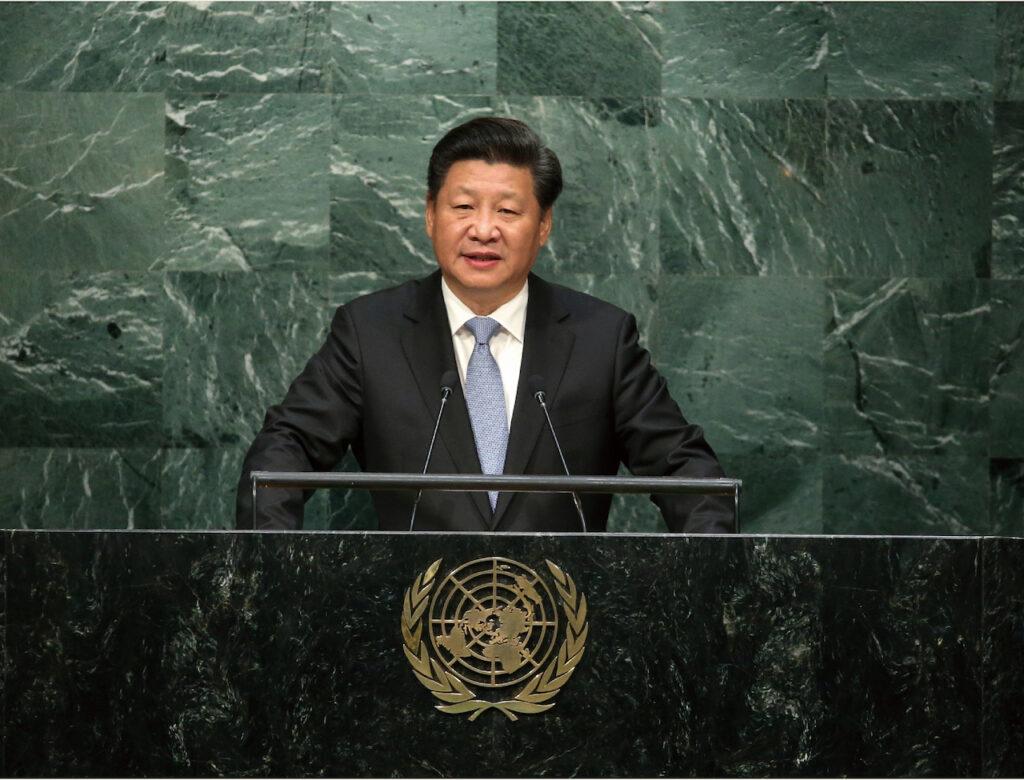
A more open China will generate more opportunities for mutually beneficial cooperation with countries in the region. China’s contribution to world economic growth has stayed at around 30% over the years. According to IMF estimates, China accounts for over 50% of Asia’s economic growth. A one percentage point increase in Chinese growth leads to a 0.3 percentage point increase in the Asian economy.
China and ASEAN have built closer economic and trade ties. China has remained ASEAN’s largest trading partner for 15 consecutive years, while ASEAN has remained China’s largest trading partner for four consecutive years. In the first half of this year, the trade volume between the two sides increased by 10.5% year-on-year. In 2023, China’s investment in ASEAN increased by 44.6%, and the cumulative two-way investment exceeded US$380 billion. For example, ASEAN has attracted the most overseas investment by Chinese car companies. In 2023, Chinese electric cars accounted for 67% of all EVs sold in ASEAN. Cooperation in clean energy such as wind power, hydropower, and solar energy continues to expand, spurring the region’s energy transformation.

To be more specific, China has been the largest trading partner of Vietnam for more than 20 years, of Malaysia, Thailand, Cambodia, Indonesia, Singapore for more than a decade and of the Philippines for eight consecutive years. Solid and substantive progress has been made in making China and ASEAN countries interconnected. China-Laos Railway has witnessed booming passenger and freight services. Jakarta-Bandung High-Speed Railway is trending on social media. China-Laos-Thailand-Malaysia cross-border railway train has officially started operation. The freight services of the sea-rail intermodal train of the new western land-sea corridor have risen by 20.8% in the first half of this year. All these contribute to deeper integration of our industrial and supply chains. Take Vietnam, last year, our bilateral trade reached 229.8 billion USD, with Vietnam’s exports to China increased by 4.8%. Durian exports, in particular, amounted to nearly 2.2 billion USD, of which 2.1 billion USD worth of the fruit was exported to China, or a tonnage of nearly 500,000.
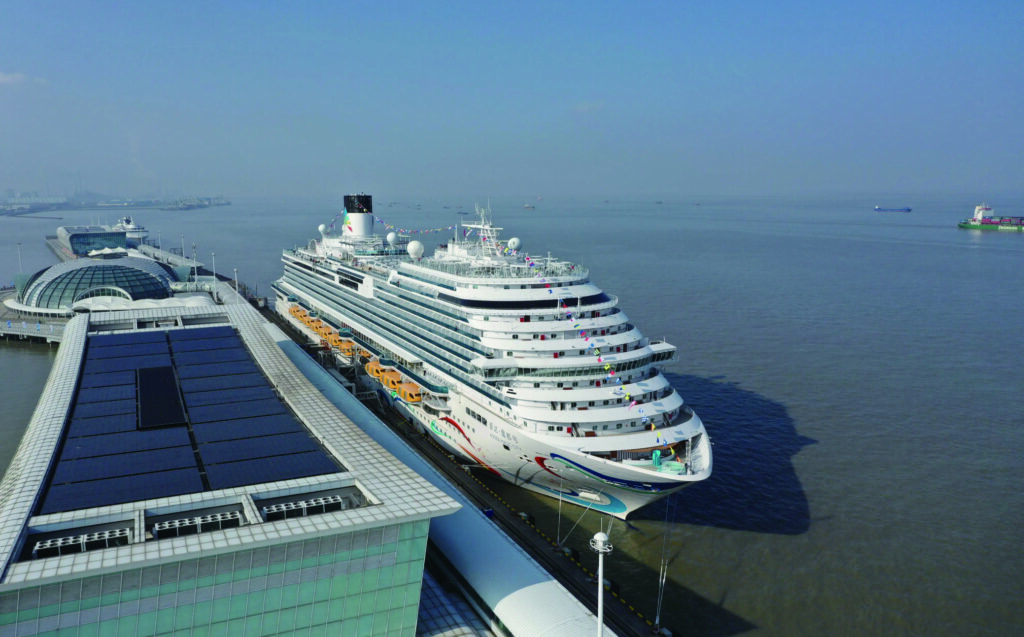
Fueled by new productive forces, the potential of China’s super-large market continues to be tapped, and our economy maintains a long-term positive trend. This will bring new development prospects to ASEAN countries and the world.
China always says, its modernization cannot happen without a sound external environment. What efforts has China made to ensure a favorable environment, especially in the diplomatic sphere?
The Third Plenary Session underscores that Chinese modernization is the modernization of peaceful development. China remains firm in pursuing an independent foreign policy of peace and is dedicated to building a community with a shared future for mankind.
As a responsible major country, China unswervingly promotes sound interactions with other major countries. For example, great efforts have been made before China and the United States managed to stabilize bilateral relations. China is also committed to the development and revitalization of the “Global South.” The Forum on China-Africa Cooperation (FOCAC) Summit was successfully held in Beijing in September. The international community hailed it as an event highlighting the Moment of the “Global South.”
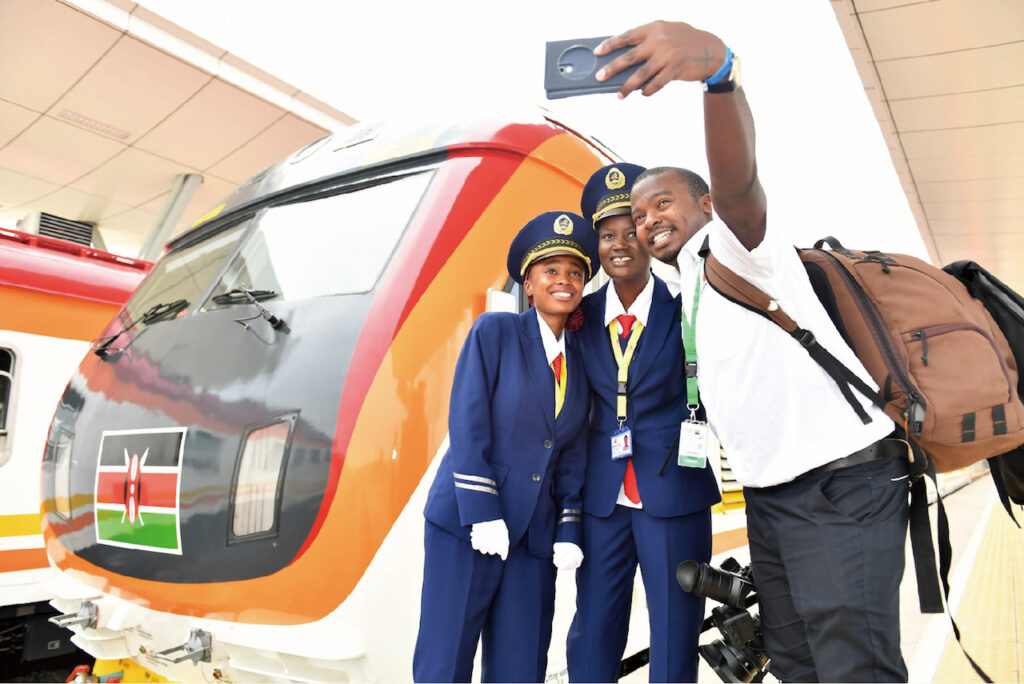
China calls for taking the legitimate security concerns of all countries seriously, and peacefully resolving differences and disputes through dialogue and consultation, pointing the way for properly resolving hotspot issues. Since last year, China has successfully mediated the reconciliation between Saudi Arabia and Iran, setting off a “wave of reconciliation” across the Middle East. China has released a position paper following the outbreak of the latest round of Palestinian-Israeli conflict, and facilitated reconciliation talks among various Palestinian factions in Beijing, an important step towards peace and stability in the Middle East. Since the full escalation of the Ukraine crisis, China has tirelessly conducted shuttle diplomacy, and remains the most staunch and active party in promoting peace talks. China has also facilitated multiple rounds of peace talks on the conflicts in Myanmar, stayed committed to maintaining peace and security on the Korean Peninsula, and continued to promote negotiations on the Iranian nuclear issue. In the Horn of Africa, in support of regional countries to tackle security, development and governance challenges, China has proposed and worked with relevant countries to step up the implementation of the Outlook on Peace and Development, mediated actively on hotspot issues and provided humanitarian assistance.

China has taken practical actions to safeguard world peace. Over the past 75 years, China has not provoked a single conflict or war, nor has it occupied a single inch of foreign land. Instead, it has always been committed to handling land and maritime boundary disputes through negotiation and consultation, and has so far successfully solved the boundary issues with 12 of its 14 land neighbors, and the boundary we have delineated and demarcated accounts for 90% of China’s total land boundary with neighbors. This provides a new model for the peaceful resolution of historical border issues and other international disputes.
As to the South China Sea issue, China signed the Declaration on the Conduct of Parties in the South China Sea (DOC) with ASEAN countries with a view of safeguarding neighborhood friendliness and regional cooperation, and has consistently and effectively implemented it. China and ASEAN countries are advancing negotiations of the Code of Conduct in the South China Sea, actively engaging in practical maritime cooperation, and working to pool efforts of neighboring countries in safeguarding peace and stability in the South China Sea. At the same time, China will continue to manage differences properly through dialogue and consultation with parties directly involved.
On a recent visit to China, various media reported on a vibrant and heart-warming China, in stark contrast to the usual narrative from Western media. What’s your take on such an apparent discrepancy?
Blurred by Western media and Western narratives all along, many Filipino friends can’t see China clearly and their perception of China’s domestic and foreign policies is misguided. As is often said, seeing is believing. The best way to understand a country is to be there.
China recorded 14.64 million inbound trips by foreigners in the first half of this year, up by 152.7% year on year. Lately, various travel videos tagged “China Travel” have gone viral on social media. Friends from different countries have been brought close to China by visiting the country and fostering friendship with its people. China has opened new visa-free entry service to more and more countries and regions, leading to flourishing exchanges between China and the rest of the world. The 72/144-hour visa-free transit policy has been expanded to 54 countries. Filipinos and visitors from other 58 countries are now eligible for 30 days of visa-free travel to China’s Hainan province.
China and the Philippines are close neighbors with exchanges going back a thousand years. To all Filipino friends, you are most welcome to China and meeting an amazing country beyond imagination!
Next year, China and the Philippines will celebrate its 50th anniversary of diplomatic relations. What’s your take on the bilateral ties between the two nations?
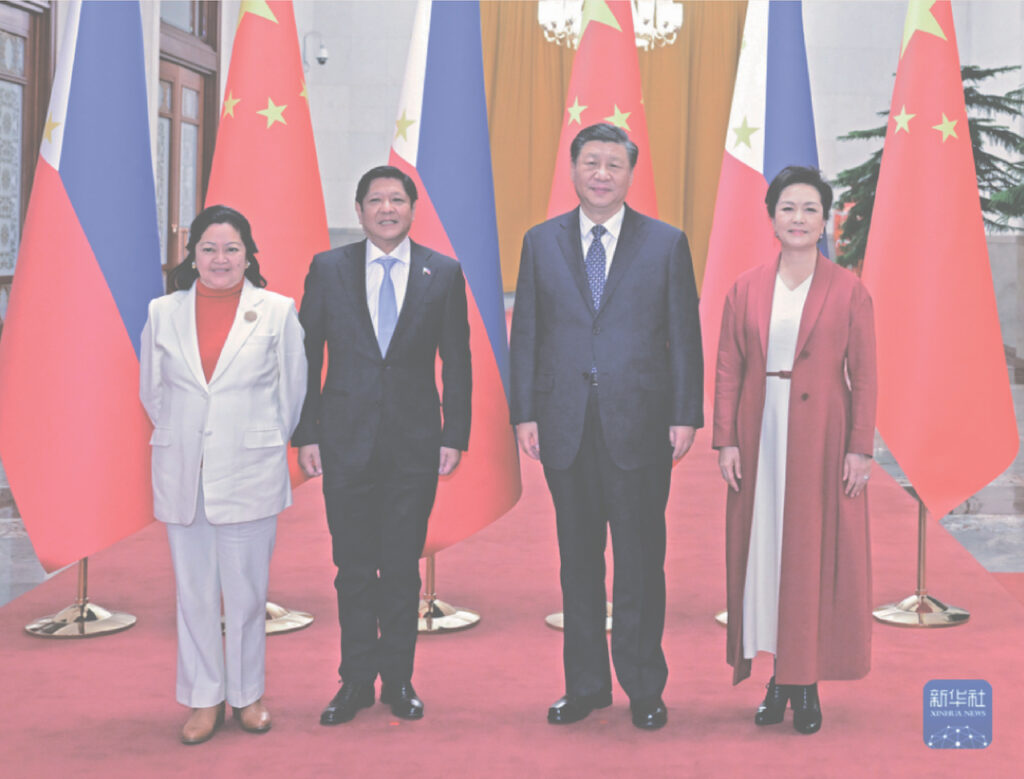

China and the Philippines are neighbors facing each other across the sea. The exchange of ships and merchants between our two countries began more than a thousand years ago. Over 600 years ago, Chinese navigator Zheng He made multiple stops at the Manila Bay, Visayas and Sulu on his seven overseas voyages of friendship and cooperation. In 1417, the East King of Sulu led a delegation to visit China and was warmly received by Emperor Yongle of the Ming dynasty. His descendants remained in China, leaving behind touching stories of ethnic and cultural integration between the two countries. Jose Rizal, commonly known as the “Father of Filipino Nationalism,” has Chinese ancestry and is not only a national hero of the Philippines, but also a source of pride for the Chinese. For thousands of years, China has never occupied a single inch of land of the Philippines. On the contrary, migrant Chinese fought together with the locals against Western powers when the latter invaded the Philippines with their strong ships and powerful cannons, plunging the country into an abyss of misery. In pursuing respective national independence and liberation, China and the Philippines fought shoulder by shoulder. Dr. Sun Yat-sen and Mariano Ponce, our revolutionary forefathers, rendered support to each other and fostered friendship, leaving an indelible mark on friendly exchanges between the two countries. Every year, I visit, with colleagues from the Embassy, the Manila Chinese Cemetery where many overseas Chinese martyrs for Philippine independence and liberation are buried. They include nine Chinese diplomats who fought against the invasion of Japanese militarism.

2025 will mark the 50th anniversary of the establishment of diplomatic relations between China and the Philippines. In 1975, the older generation of leaders of our two countries made the right decision of establishing diplomatic ties despite the shadow of bloc confrontation. Their courage and sense of responsibility leaves a precious legacy to us. The peoples of China and the Philippines have been close by heart and tied by blood over the past 50 years. Our cooperation in various fields has yielded fruitful results. I assumed my post at the end of 2019. Nearly five years have passed. In the spirit of sharing weal and woe, we have worked together to fight the COVID pandemic, and to respond to typhoons and other natural disasters. Thanks to our concerted efforts, an array of China-Philippines cooperation projects have turned from vision to reality. Moreover, we saw the enchanting landscape on the Chinese Navy Ship “Qi Jiguang,” and also sweated in the friendship walk “Lakad Magkaibigan.” It is in line with the common aspirations and fundamental interests of 1.5 billion people of the two countries together to live in harmony, conduct friendly cooperation, and seek common development. History shows that China-Philippines relations have always maintained an overall momentum of growth despite ups and downs. This historical trend cannot be stopped by any force.
The South China Sea issue is neither the mainstream nor the sum total of the bilateral relationship between China and the Philippines. History also shows that once the differences are properly managed by the two sides, the road of China-Philippines cooperation will be even broader. China-Philippines relations are at a key moment now. What kind of China-Philippines relations do we hope to bring into the next 50 years? The question is worth thinking and exploration for all. We can draw lessons from history, and prepare ourselves better for the future.
Let us renew the original commitment to our diplomatic ties, keep in mind the well-being of the two peoples, always remember the fundamental interests of our two countries, and work together to steer clear of disruptions, and advance China-Philippines friendship and cooperation for a steady and sustainable growth of China-Philippines relations.


